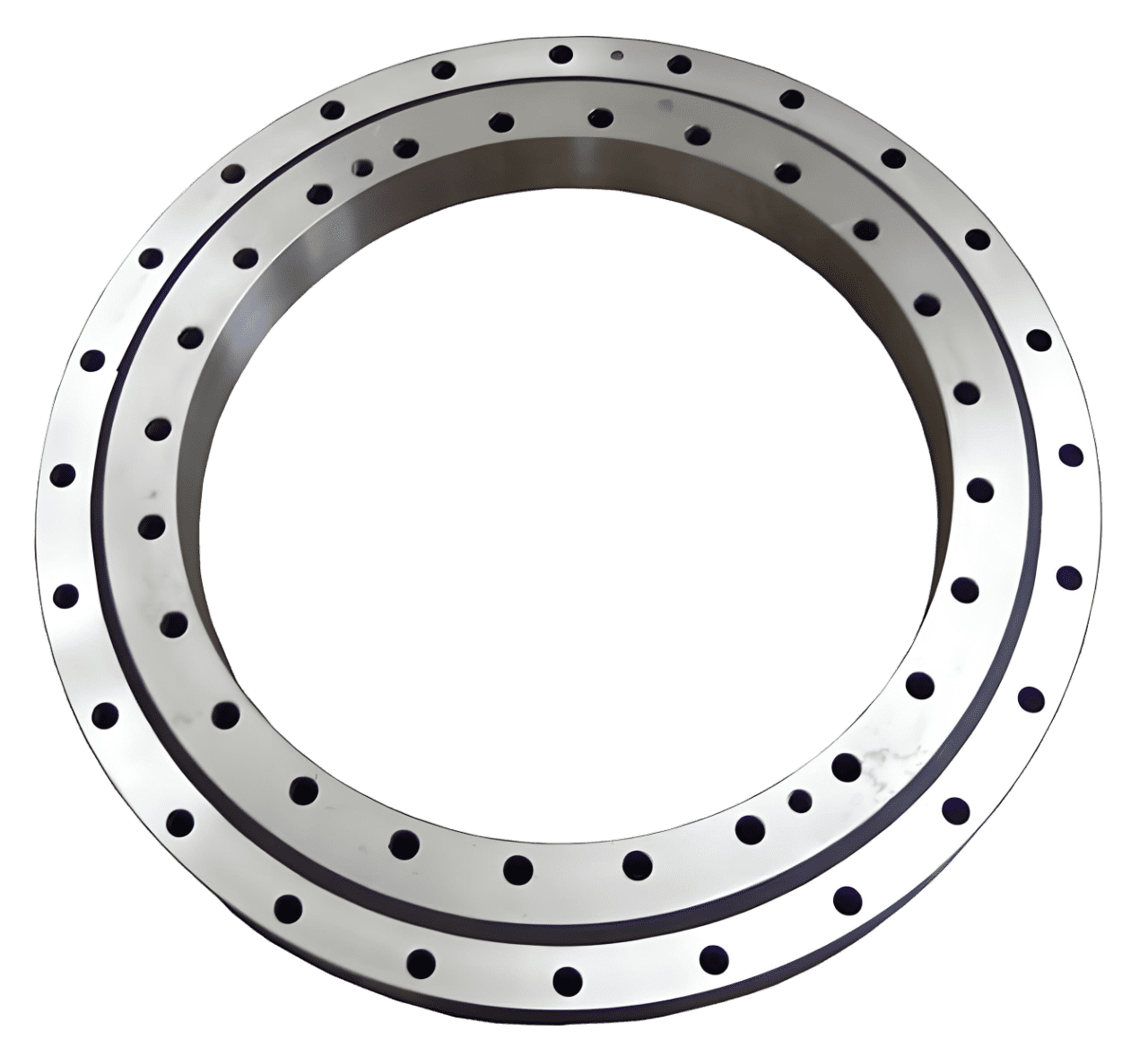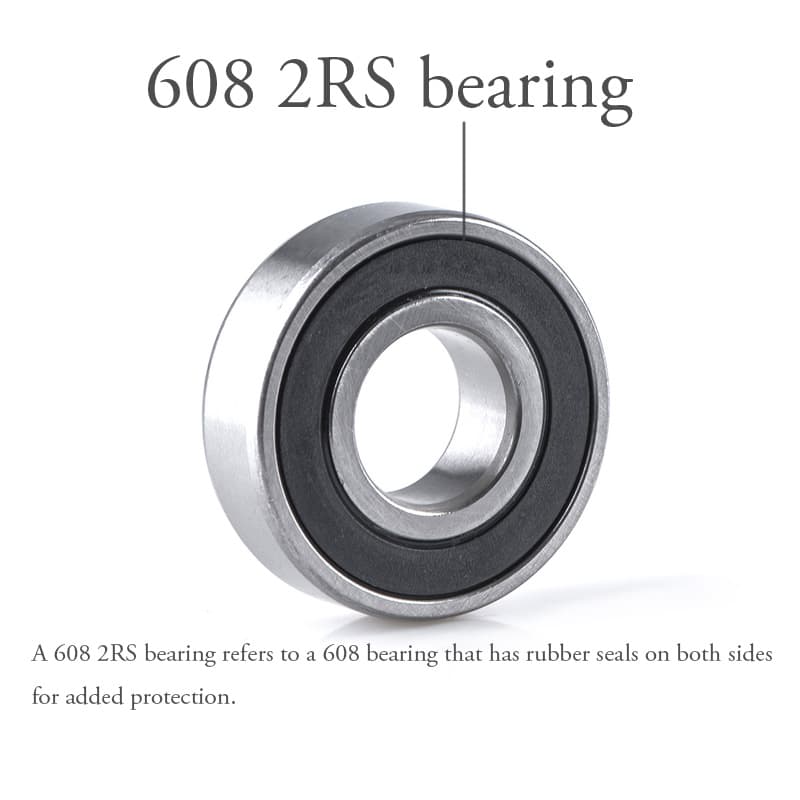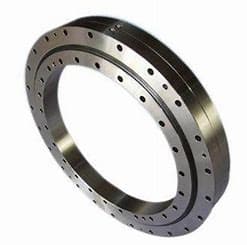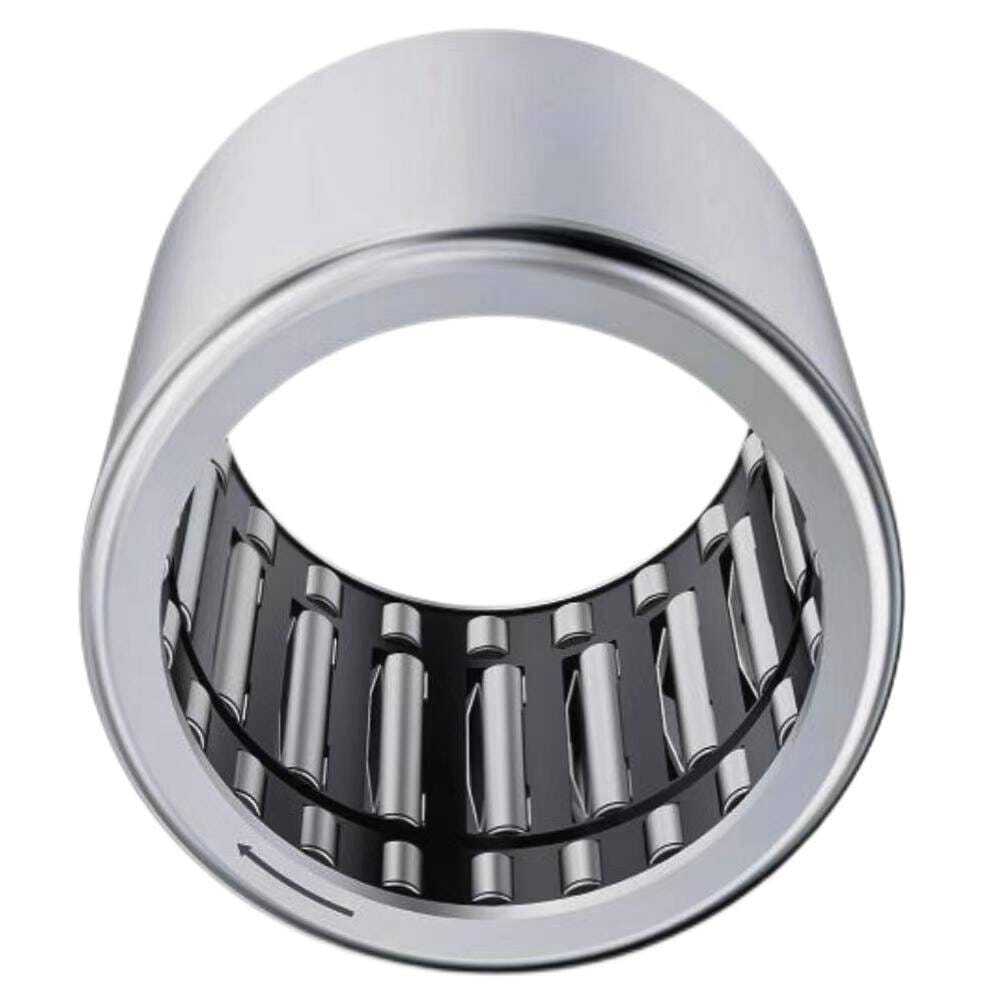How to Clean Skateboard Bearings
Bearings play a pivotal role in ensuring the smooth operation of various machinery, including skateboards. Cleaning these tiny components not only...

Bearings are crucial components in machinery and vehicles, ensuring smooth operation and reducing friction between moving parts. Yet, when they deteriorate, they speak up. In this exploration, we listen to those sounds, with a spotlight on miniature bearings, the miniature marvels in the world of mechanics.
Bearings are mechanical elements that allow parts to move smoothly, supporting radial and axial loads. They are integral in everything from household appliances to industrial machinery and vehicles. Common types of bearings include ball bearings, roller bearings, needle bearings, and custom designs of each, all with distinct uses and characteristics.
For miniature bearings, they include:
Offers high precision, low-friction operation, and optimized design for high-speed applications in compact machinery.
Inch/Metric Size Miniature Ball Bearings:
High-speed capability with low noise and vibration; Suitable for radial and moderate axial loads; Ideal for miniature devices where space is limited.
Inch/Metric Size Miniature Flanged Ball Bearings:
Feature an external flange for easier mounting and precise positioning. Flange aids in axial location and reducing assembly time. Support radial loads with a degree of axial load handling.
Miniature Ball Bearings with Extended Inner Ring:
Offer enhanced axial support with an extended inner ring, suitable for compact spaces requiring additional mounting surface.
Miniature Flanged Ball Bearings With Extended Inner Ring:
Combine a flange and extended inner ring for improved stability and alignment, perfect for precision applications.
Miniature Thrust Ball Bearings:
Designed for single-direction axial loads, ideal for compact, high-load applications without radial load demands.
The quality of bearings, regardless of their size, can be assessed using the following methods.
Employ specialized tools like mechanical stethoscopes to pinpoint noise sources and vibration analysis tools for detecting irregularities in bearing operation.
Conduct thorough visual checks for signs of wear, corrosion, or damage, and assess the bearing's physical condition through tactile tests like checking for play or roughness.
Recognize that neglecting bearing issues can lead to machinery failure, safety hazards, and increased repair costs, emphasizing the importance of timely diagnosis and intervention.
Detecting the early signs of bearing failure is critical for maintaining the efficiency and safety of machinery and vehicles. There are several sound indicators that can alert you to potential bearing issues.
For new miniature bearings, noise analysis machines can be used to identify potential issues.
When small bearings are already assembled into a product, significant damage can be roughly detected by ear. However, this method is less precise and may not identify minor damages.
For a more accurate assessment of assembled micro bearings, spectrum analysis can be employed, offering a finer level of detail in detecting anomalies.
In cases where small bearings have been disassembled and show signs of disassembly scars, auditory analysis is not effective. Instead, a detailed examination using microscopes and impurity filtering is necessary to pinpoint the cause of damage.
Understanding bearing damage causes is crucial for implementing maintenance strategies and operational practices that prolong bearing life and ensure machinery reliability.
Bearings are designed to withstand specific load limits. Exceeding these limits, either through overloading or shock loads, accelerates wear and tear, significantly reducing their lifespan.
Incorrect installation or misalignment of bearings can cause uneven distribution of load. This imbalance leads to excessive stress on certain parts of the bearing, hastening its deterioration.
Lubrication minimizes friction and wear in bearings. Insufficient or inappropriate lubrication increases the risk of overheating and wear, shortening the bearing's operational life.
Exposure to contaminants like dust, dirt, and moisture can severely affect bearings. These particles can infiltrate the bearings, causing abrasion and corrosion, thereby compromising their functionality and durability.
Bearings operating in environments with excessively high or low temperatures can experience material fatigue or loss of lubrication effectiveness, leading to faster degradation.
Bearings subjected to vibration while not in operation, such as those in machinery that is idle for extended periods, can develop indentations in the raceways, leading to premature failure when the machinery is restarted.
Disregarding abnormal sounds in bearings of any kind can result in multiple problems, such as:
To maintain bearings effectively, regularly inspect for wear, ensure adequate lubrication, and follow manufacturer guidelines. Prevent premature wear by avoiding overloading, ensuring alignment, and protecting bearings from contaminants and extreme conditions.
The subtle, often overlooked sounds of bearings can herald significant issues within machinery. Recognizing these sounds, especially from micro bearings, is crucial in maintaining efficiency and safety. LILY Bearing's extensive selection ensures that, no matter the application, your machinery can continue to perform its mechanical melody flawlessly.

Bearings play a pivotal role in ensuring the smooth operation of various machinery, including skateboards. Cleaning these tiny components not only...

Ball bearings are small yet pivotal components in the realm of modern machinery and technology. This blog delves into the intriguing history behind...

Small bearings play a crucial role in both modern industrial and domestic appliances. These bearings, despite their minute size, significantly...